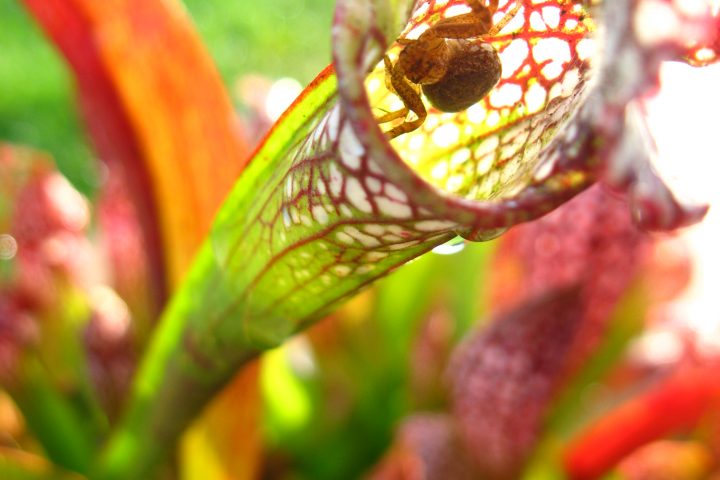Learning how to build trust in pets and people should be one of those items you add to your New Year’s resolutions. Recently I watched a “pet show” at a major amusement park in Tampa, Fl. The actors prior to the show, warned the audience that the show was new and the animals were still getting use to being trained. As the show progressed some of the animals went off script. Some went to slow. Some went the wrong way. Some looked just plain confused. None of this would have bothered me, except for the fact that what happened to the animals when they did not behave in the desired way. Unfortunately how the actors/trainers responded did not surprise me, but it is still upsetting.
The trainers behavior didn’t surprise me because searching “How to Brush Your Baby's Teeth” on the internet will bring you to a video from a website called Expert Village. The video shows an infant struggling to get out of the highchair and screaming for most of the clip. The mom says this works really well in situations where they are strapped down. That child does not have a lot of trust. This is how many humans train humans; with restraint.
Typing “sea lion brushing teeth” in the search bar will show you a very different clip. The seal lion at the Long Island Aquarium is not restrained and in fact can leave at any time. The trainer asks the sea lion to open his mouth and the sea lion shows his teeth and brings herself right up to the side of the enclosure so the trainer can give the proper dental procedures to ensure the health of the animal. This animal has a lot of trust in his keeper. Superlative pet trainers build trust in pets, while bosses, teachers and human beings build trust in people with little to no force, a lot of trust and lots of rewards.
Watching the show at the amusement park, I saw many animals that did not trust their trainers. If the animals did not behave in a way the actors found acceptable, they would mold the animals into the ‘correct’ behavior. They would push on the hind legs to get the animal to sit, or pull on their collar to get them to go through a door. To get the birds to fly, they would catapult them off their hands. The act of throwing the bird off the trainer’s hand was dreadful, but more appalling to me was how the audience reacted. They applauded and laughed at the parrots and dogs “misbehaving” and being corrected.
Physically manipulating an animal, may teach an animal to behave in a certain way. However, the way that they are learning is through positive punishment and will not build trust in pets. Since they do not want to feel the pressure of the collar or hand on the hind quarters they move to avoid the trainer. That doesn’t seem like a thoughtful and trustworthy animal caregiver.
One of the most impactful presentations I heard from a board member of the International Avian Trainers Association and Educators a few years ago was on the topic of trust. Although the presentation was meant to be aimed for birds, the power of trust can be applied to all of our critter companions.
The presenter said that all of our relationships are like a trust account. Similar to a bank account you can make deposits or withdraws. Every interaction you have with your companion animal affects your account. Treats, petting, soft spoken words all aid to a larger trust account. Yelling, the withdrawal of things your pet favors and force will hurt your trust account.
There may not be away a pet owner can be one hundred percent positive all the time, but if you have a large trust account slip ups will be minor. If you have to catch up your animal for a health procedure these actions will take a withdrawal from your trust account. A large trust account will allow your animal to forgive you quickly. If you have a small trust account, your pet will take a while to rebound.
Some of the animals at the show went into the audience. The trainers withheld treats, even after the animals self corrected themselves and ended on the correct path. If questioned they might say that they don’t want to give the dog a treat because that will teach them to run off again. I would remind them that consequences of behavior only effect immediate behavior. Withholding those treats is teaching the animal that the behavior of coming back is not reinforcing. Giving the dog a treat is communicating that coming over will end in something positive, like a food reward. To correct this behavior I would run the dog a few times without a distracting audience. If they do not make pit stops feed them extra for being prompt.



